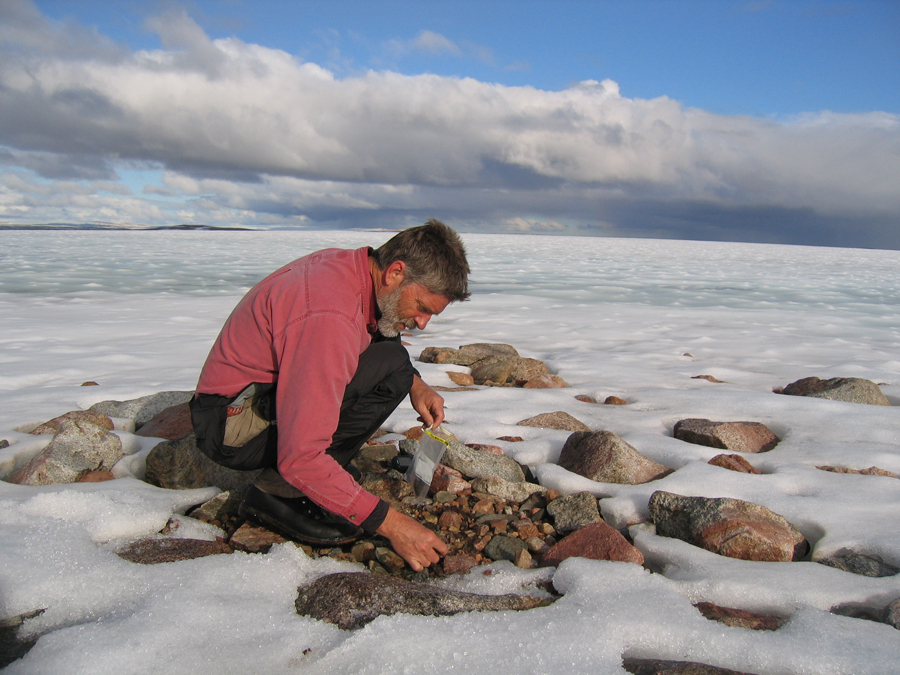
© Gifford Miller, University of ColoradoUniversity of Colorado, Boulder Professor Gifford Miller collects dead plant samples from beneath a Baffin Island ice cap. Miller led a new study, to be published in in Geophysical Research Letters, which indicates the Little Ice Age began roughly A.D. 1275 and was triggered by repeated, explosive volcanism that cooled the atmosphere.
Washington, DC - New evidence from northern ice sheets suggests that volcanic eruptions triggered the multiple-century cool spell known as the Little Ice Age, and pinpoints the start of the climate shift to the final decades of the 13th century. Researchers have long known that the Little Ice Age began sometime after the Middle Ages and lasted into the late 19th century. But, estimates of its onset have ranged from the 13th to the 16th century.
According to the new study, the Little Ice Age began abruptly between 1275 and 1300 A.D., triggered by repeated, explosive volcanism and sustained by a self- perpetuating sea ice-ocean feedback in the North Atlantic Ocean, according to Gifford Miller, a geological sciences professor at the University of Colorado, Boulder (CU-Boulder), who led the study. The primary evidence comes from radiocarbon dates from dead vegetation emerging from rapidly melting icecaps on Baffin Island, combined with ice and sediment core data from the poles and Iceland, and from sea-ice climate model simulations, said Miller.
He and his colleagues will publish their findings on 31 January in
Geophysical Research Letters, a publication of the American Geophysical Union (AGU).
During the cool spell, advancing glaciers in mountain valleys in northern Europe destroyed towns. Famous paintings from the period depict people ice-skating on the Thames River in London and canals in the Netherlands, places that were ice-free before and after the Little Ice Age. There is evidence also that the Little Ice Age affected places far from Europe, including South America and China.
While scientific estimates regarding the onset of the Little Ice Age extend from the 13th century to the 16th century, there has been little consensus, said Miller. "The dominant way scientists have defined the little Ice Age is by the expansion of big valley glaciers in the Alps and in Norway," said Miller. "But the time in which European glaciers advanced far enough to demolish villages would have been long after the onset of the cold period," said Miller, a Fellow at his university's Institute of Arctic and Alpine Research.

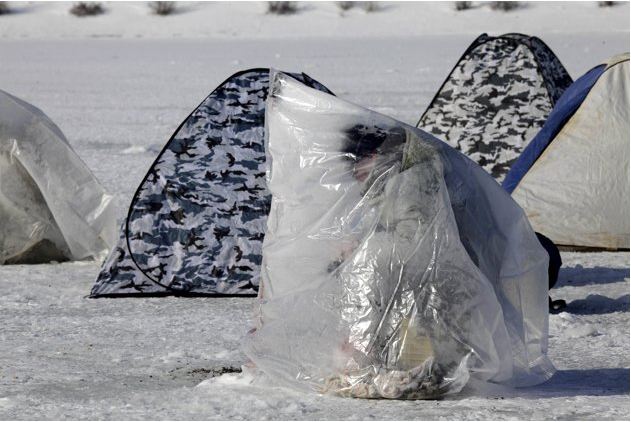
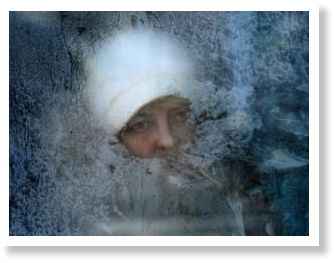
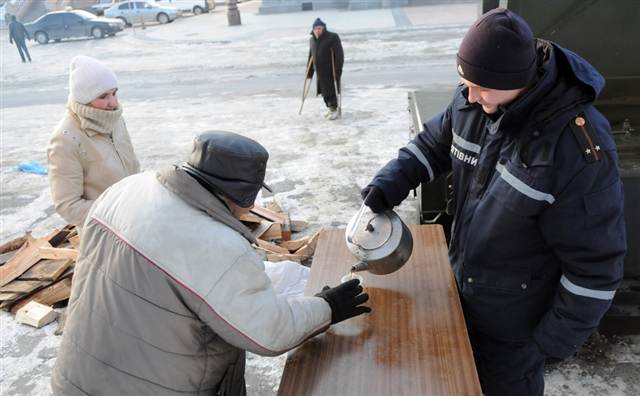
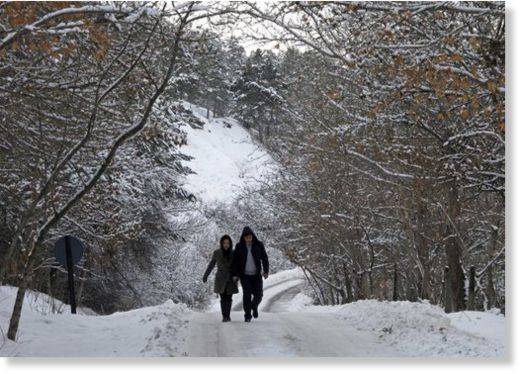

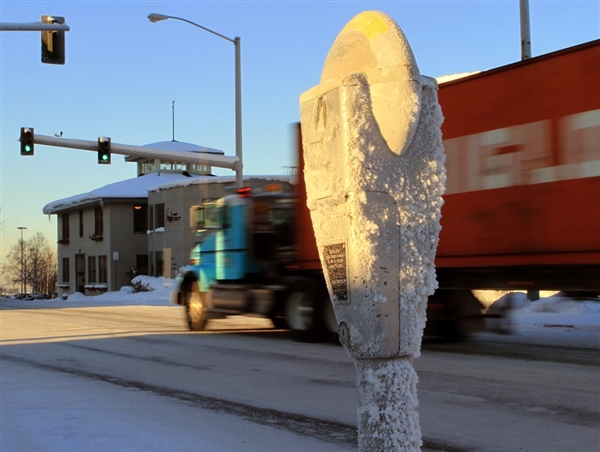
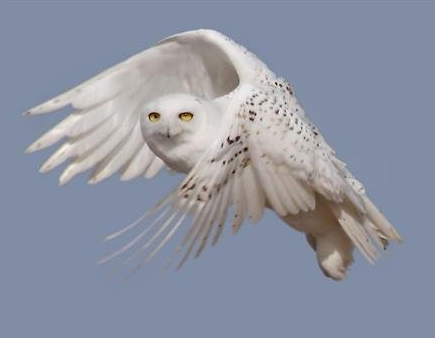
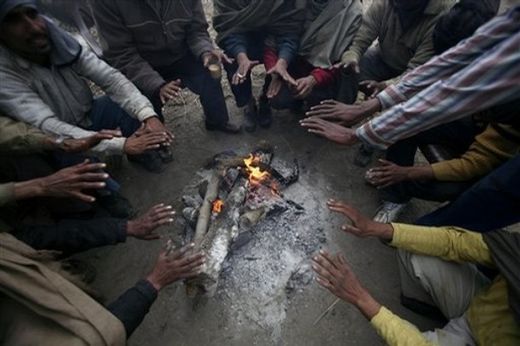



Comment: Major dips in temperatures are happening elsewhere as well: Deep freeze grips much of Alaska